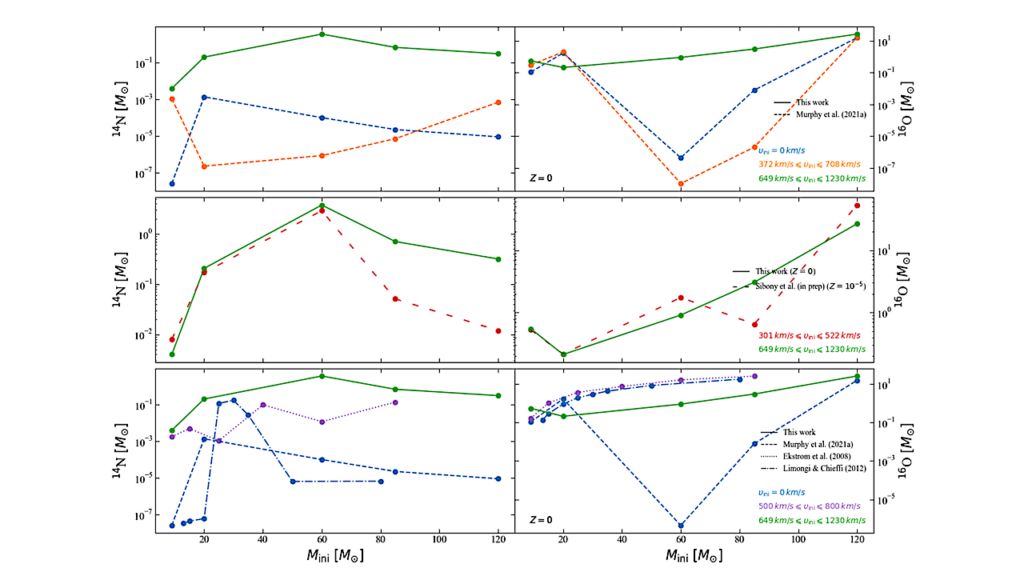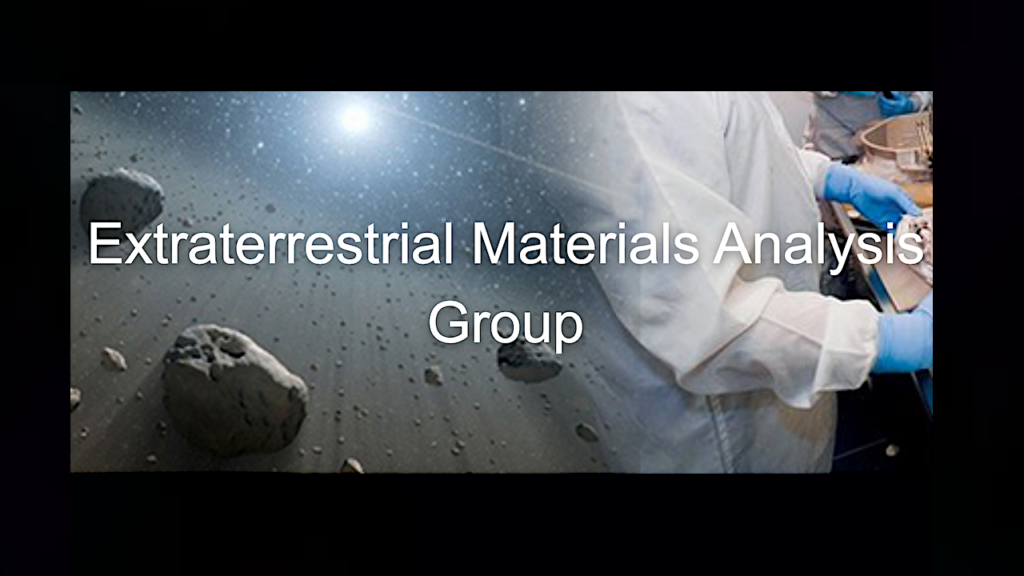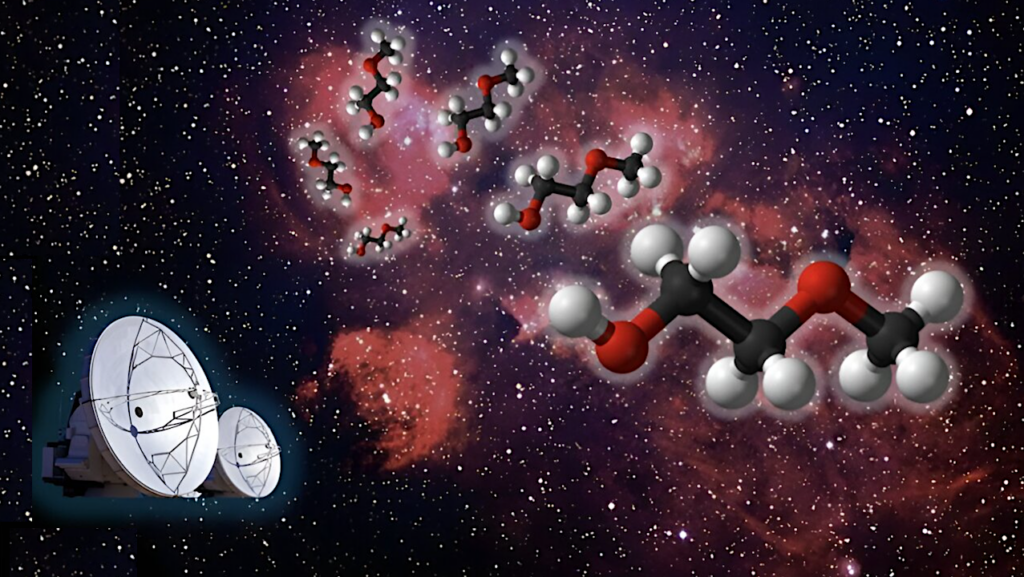Origin Of Hydrogen Isotopic Variations In Chondritic Water And Organics

Chondrites are rocky fragments of asteroids that formed at different times and heliocentric distances in the early solar system. Most chondrite groups contain water-bearing minerals, attesting that both water-ice and dust were accreted on their parent asteroids.
Nonetheless, the hydrogen isotopic composition (D/H) of water in the different chondrite groups remains poorly constrained, due to the intimate mixture of hydrated minerals and organic compounds, the other main H-bearing phase in chondrites. Building on our recent works using in situ secondary ion mass spectrometry analyses, we determined the H isotopic composition of water in a large set of chondritic samples (CI, CM, CO, CR, and C-ungrouped carbonaceous chondrites) and report that water in each group shows a distinct and unique D/H signature. Based on a comparison with literature data on bulk chondrites and their water and organics, our data do not support a preponderant role of parent-body processes in controlling the D/H variations among chondrites.
Instead, we propose that the water and organic D/H signatures were mostly shaped by interactions between the protoplanetary disk and the molecular cloud that episodically fed the disk over several million years. Because the preservation of D-rich interstellar water and/or organics in chondritic materials is only possible below their respective sublimation temperatures (160 and 350-450 K), the H isotopic signatures of chondritic materials depend on both the timing and location at which their parent body formed.
Laurette Piani, Yves Marrocchi, Lionel G. Vacher, Hisayoshi Yurimoto, Martin Bizzarro
Subjects: Earth and Planetary Astrophysics (astro-ph.EP); Geophysics (physics.geo-ph)
Journal reference: Earth and Planetary Science Letters, Volume 567, 1 August 2021, 117008
DOI: 10.1016/j.epsl.2021.117008
Cite as: arXiv:2105.10814 [astro-ph.EP] (or arXiv:2105.10814v1 [astro-ph.EP] for this version)
Submission history
From: Laurette Piani
[v1] Sat, 22 May 2021 21:38:12 UTC (3,193 KB)
https://arxiv.org/abs/2105.10814
Astrobiology, Astrochemistry,








